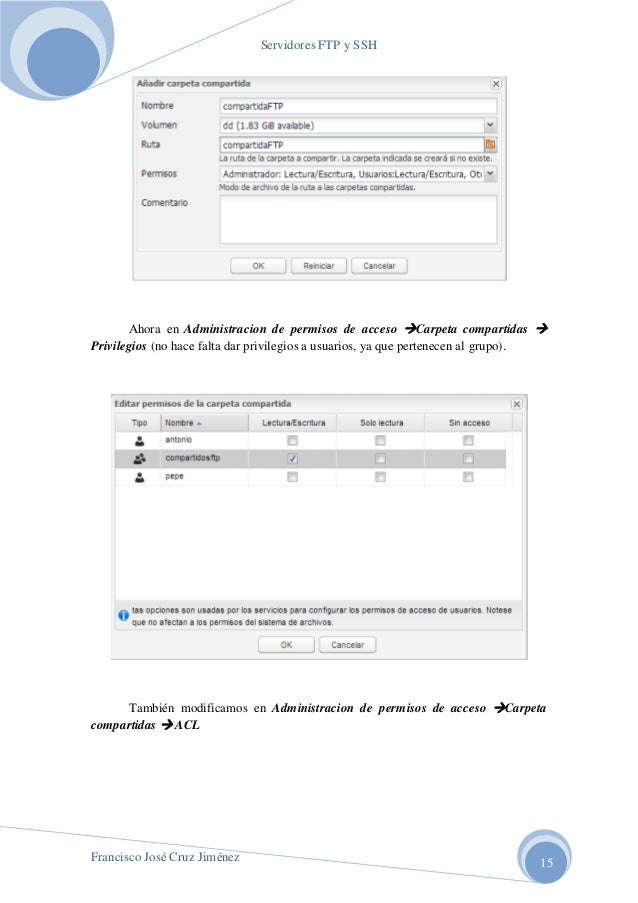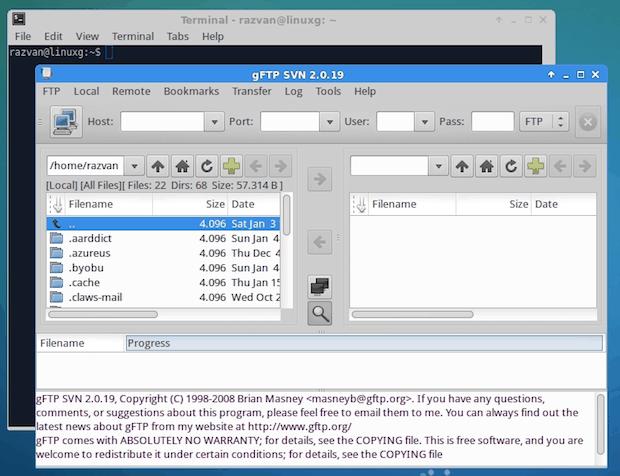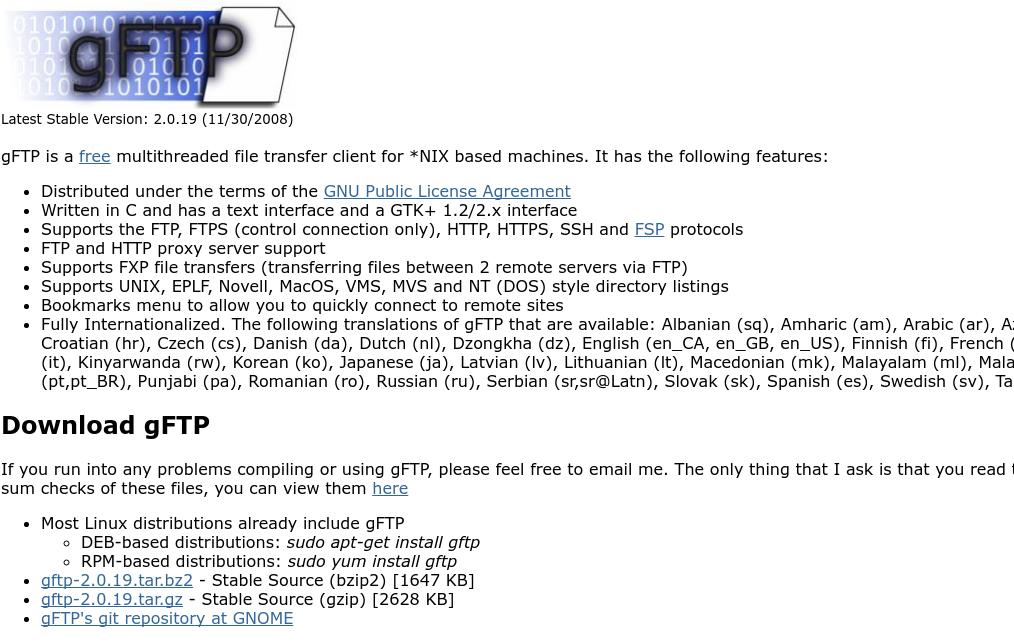

NcFTP Client (also known as just NcFTP) is a set of free application programs implementing the File Transfer Protocol (FTP). There is support for the FTP, HTTP, HTTPS and SFTP protocols. gFTP is released under the terms of the GPL and has been translated into 41 languages. It is most used on Unix-like systems and includes both a graphical and a command-line interface. GFTP is a free/open source multithreaded FTP client.
#GFTP SSH DOWNLOAD#
More info and download of WinSCP List of free and open-source Linux file transfer programs: Its main function is safe copying of files between a local and a remote computer. WinSCP is an open source free SFTP client and FTP client for Windows using SSH. This option was added to sshd for OpenSSH 5.1/5.1p1 in 2008.Page content Where can I find a client program to upload my site to my web hosting ? List of free and open-source Windows file transfer programs:įileZilla FileZilla is a fast and reliable FTP, SFTP client with lots of useful features and an intuitive interface. Optionally, Match rules may be applied by specifying theĬonnection parameters using one or more -C options. Check the validity of the configurationįile, output the effective configuration to stdout and then exit.
#GFTP SSH MANUAL#
This is documented in the sshd(8) manual (looking at OpenSSH_7.7, LibreSSL 2.7.2 on OpenBSD here):Įxtended test mode. To dump the sshd configuration, use the "extended test mode" as root: sshd -T
#GFTP SSH HOW TO#
How to terminate an interactive ssh session after certain amount of time (mentions the TMOUT shell variable, which may be responsible for terminating an idle bash shell).The remote host's shell may terminate (or may get killed by some other process) after some time of idleness, but this is unrelated to the configuration of the SSH service on the server and of your SSH client. The settings that you are showing are related to timeouts when the connection goes down and are unrelated to the shell on the remote host and what the user is doing or not doing there.

Terminating an idle shell session is unrelated to the configuration of OpenSSH. OpenSSH will not terminate a shell session that has been idle for some time. This option applies to protocol version 2 only. These messages will not be sent to the client. Message through the encrypted channel to request a response from the client.

Sets a timeout interval in seconds after which if no data has been received from the client, sshd(8) will send a This option applies to protocol version 2 only. If ClientAliveInterval (see below) is set to 15, and ClientAliveCountMax is left at theĭefault, unresponsive SSH clients will be disconnected after approximately 45 seconds. Valuable when the client or server depend on knowing when a connection has become inactive. The TCP keepalive option enabled by TCPKeepAlive is spoofable. The client alive messages are sent through the encrypted channel and therefore will notīe spoofable. It is important to note that the use of client alive messages is very differentįrom TCPKeepAlive (below) (above). If this threshold is reached while client alive messages are being sent, sshd will disconnect theĬlient, terminating the session. Sets the number of client alive messages (see below) which may be sent without sshd(8) receiving any messages backįrom the client. This option was formerly called KeepAlive. To disable TCP keepalive messages, the value should be set to “no”.

The default is “yes” (to send TCP keepalive messages), and the server will notice if the network goes down or theĬlient host crashes. Sent, sessions may hang indefinitely on the server, leaving “ghost” users and consuming server resources. On the other hand, if TCP keepalives are not If the route is down temporarily, and some people find it annoying. However, this means that connections will die If they are sent, death of theĬonnection or crash of one of the machines will be properly noticed. Specifies whether the system should send TCP keepalive messages to the other side. You can verify this in the sshd_config manpage. This is the case with all of the lines in your question. The commented lines in sshd_config usually display the defaults.


 0 kommentar(er)
0 kommentar(er)
